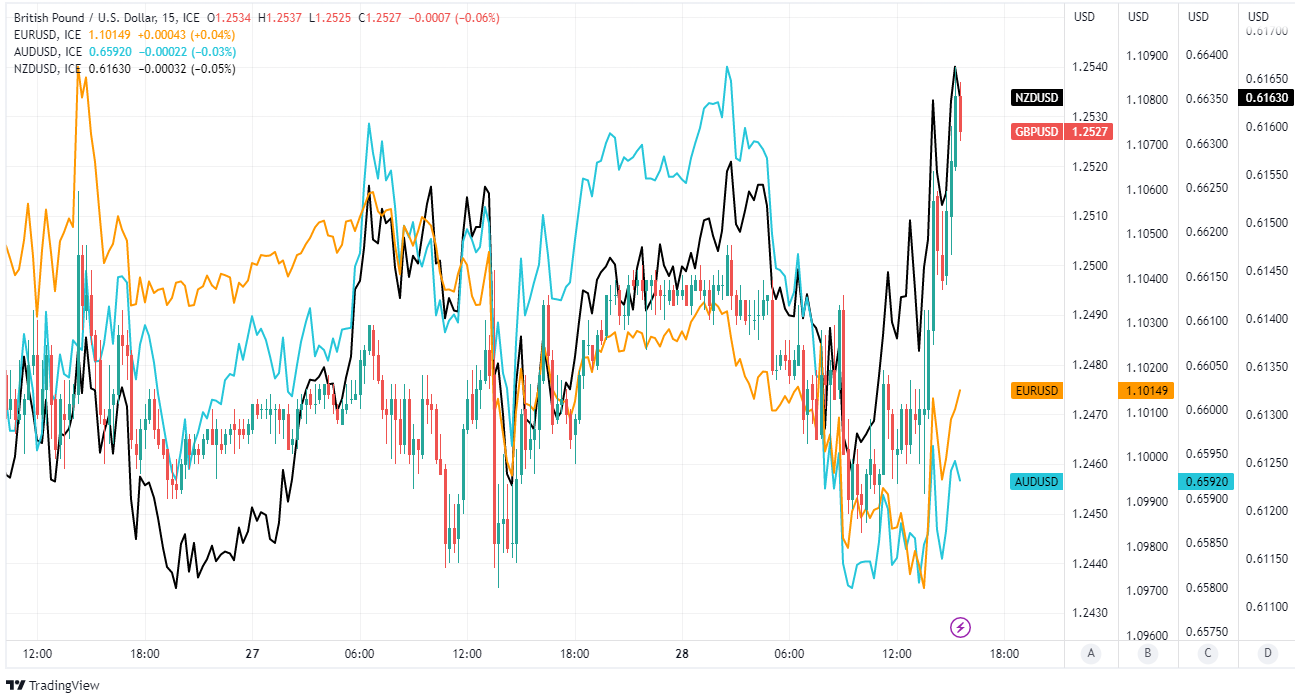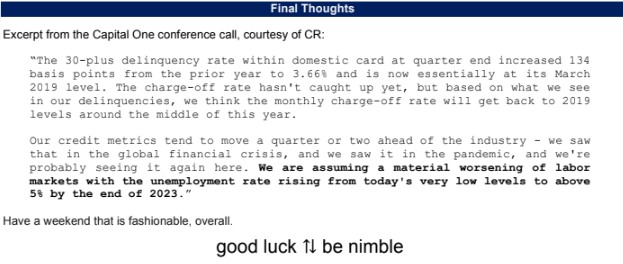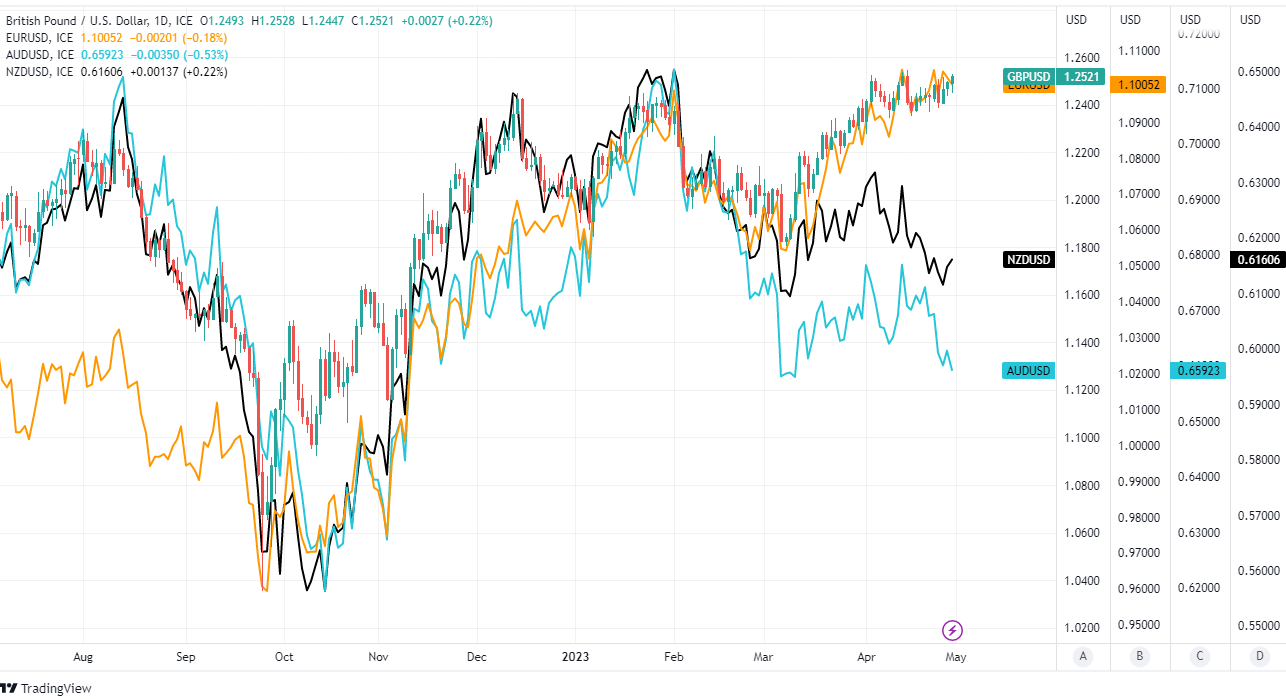GBP/USD Tests One-year High Following PCE Inflation Data Goes the Fed's Way
- Written by: James Skinner

Image © Adobe Images
The Pound to Dollar exchange rate rallied to retest one-year highs in the final session of the week after official data suggested the Federal Reserve (Fed) is nearing dry land in its battle against U.S. inflation, stoking uncertainty about next Wednesday's interest rate decision.
Dollars were sold heavily in North American trade with losses escalating after a University of Michigan survey suggested that consumer sentiment about the economic outlook rose alongside expectations of inflation during April.
In addition, the Institute for Supply Management (ISM) Chicago Business Barometer indicated an April rebound for one the largest city economies in the U.S., meanwhile the Bureau of Economic Analysis (BEA) suggested the Fed is closing the gap between itself and its inflation target.
The Bureau said Personal Consumption Expenditures (PCE) Price Index inflation - the target of the Federal Reserve - had fallen from an upwardly-revised 5.1% to 4.2% in March to sit at its lowest level since May 2021 following declines in energy goods and services prices.
"The key PCE number for the Fed - core services ex-housing - however, looks much better," says Ian Shepherdson, chief economist at Pantheon Macroeconomics.
 Above: Pound to Dollar rate shown at 15-minute intervals alongside other selected rates.
Above: Pound to Dollar rate shown at 15-minute intervals alongside other selected rates.
Most importantly, Core PCE inflation also edged lower after services price inflation halved to a level that might already be consistent with the Fed achieving its targeted 2% inflation rate on an ongoing basis.
To the extent that members of the Federal Open Market Committee (FOMC) agree, it could lead to a decision to leave the Fed's interest rate unchanged next Wednesday with bearish implications for U.S. Dollar exchange rates.
"The 0.24% March increase is the best since last July, and follows a 0.36% gain in February. This marks a clear downshift," Shepherdson adds.
"Fed officials have made it clear that a couple of good readings aren’t enough to convince them that core services ex-housing inflation finally is breaking to the downside, but a 0.3% print in April, say, would push the three-month annualized rate down to 3.6%, from 4.7% in March and 5.5% in February," he adds.
Services industry inflation has been the main focus of the Fed's interest rate over the last year and once rising housing costs are overlooked, it may even be in the process of falling below the targeted levels.
Source: Spectra Markets. AM/FX Daily Macro Newsletter.
Housing inflation is sometimes overlooked by the Fed because of its susceptibility to short-term increases as interest rates themselves rise.
It's not just falling U.S. inflation rates that could lead the Fed to leave borrowing costs unchanged next Wednesday, however, because there has also been renewed increase in market concerns surrounding the stability of small and medium-sized banks over the last week.
Emergency borrowing from the Fed has picked up recently while this sort of concern and development was flagged in late March as a reason for why could be likely to take a more cautious approach toward raising borrowing costs, if raising them at all, in the near future.
"The Fed is widely expected to deliver another 25bps increase (5.00%-5.25%). We expect this to be the peak in the cycle and the Fed to confirm this in a neutral guidance," says Marcus Widen, an economist at SEB.
"The Fed is likely to repeat that tighter credit conditions are likely to weigh on the economy, thus offsetting the need for further policy tightening. We will also get the ISM before we end the week with non-farm payrolls," Widen adds.
Above: Pound to Dollar rate shown at daily intervals alongside other selected exchange rates.






